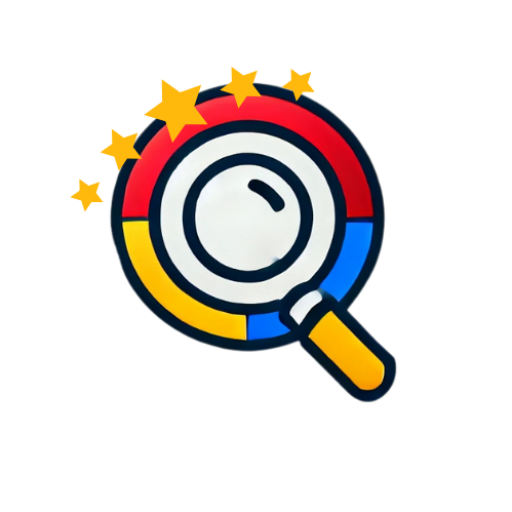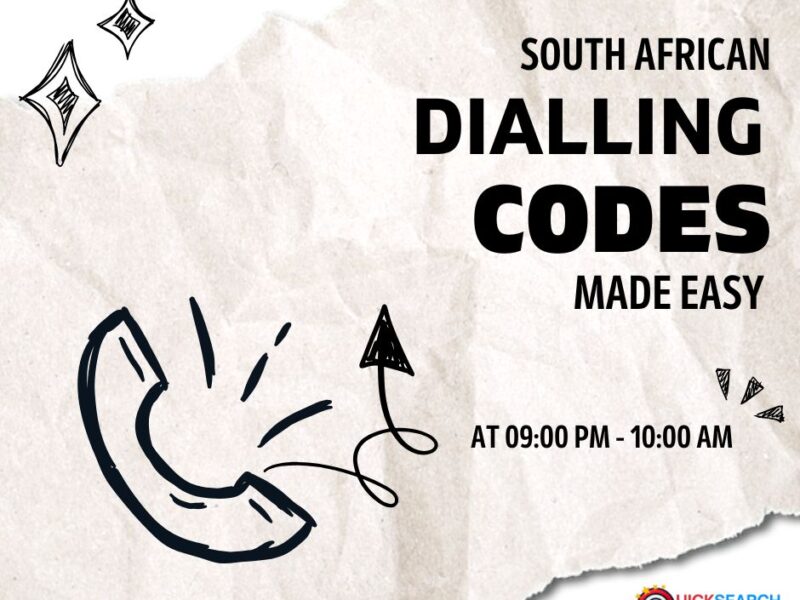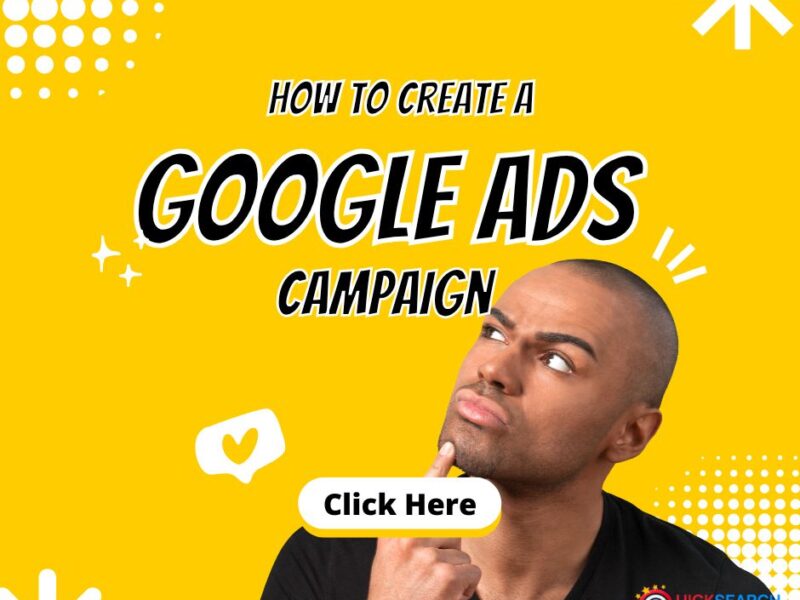
Creating a High-Converting Landing Page: A Step-by-Step Guide
In the world of digital marketing, a landing page is one of the most crucial elements for capturing leads and converting visitors into customers. Whether you’re promoting a product, service, or a specific offer, a well-structured landing page can make all the difference. But what makes a landing page high-converting? It’s all about how you structure the content and guide the visitor’s experience to take the desired action.
Here’s a proven framework to help you build a high-converting landing page, row by row:
Row 1: The Header Section
- Compelling Headline Your headline is the first thing visitors will see, so make it count! Use a concise, attention-grabbing statement that clearly communicates the key benefit or value proposition of what you’re offering. Make sure it’s relevant to your target audience’s needs and speaks to the core of what you are providing.
- Supporting Subheadline Follow up your headline with a subheadline that adds more context. This is an opportunity to clarify your offer or highlight an additional benefit. Keep it short and impactful, providing enough information to make visitors want to continue reading.
- Hero Image or Video A visual element, such as a high-quality image or video, is essential. It should complement your message and help convey the emotions or values associated with your brand. Whether it’s a product demo or an inspiring shot of your team, your visual should resonate with your audience’s aspirations.
- Primary Call-to-Action (CTA) Button A well-placed CTA button drives action. Make sure it’s clearly visible, and use strong action verbs like “Get Started,” “Learn More,” or “Sign Up.” This button should stand out on the page and be easy for visitors to click.
Row 2: The Introduction Section
- Introduction Text Here’s where you can expand on the headline by describing your offer in more detail. Focus on key benefits, features, or unique selling points (USPs) while keeping the text brief. Visitors should understand quickly why they should care about your offer.
- Relevant Imagery or Graphics Supporting visuals such as icons, charts, or infographics can enhance the message in this section. They provide additional context and help break up the text, making it easier to scan and digest.
Row 3: Features or Benefits Section
- Feature/Benefit 1 Present the first feature or benefit of your offer with a clear and compelling headline. Provide a short description and use visuals to help visitors easily grasp the concept. This could be a bulleted list, a comparison chart, or an example to illustrate the point.
- Feature/Benefit 2 Continue the same structure for other features or benefits. The key here is clarity—make sure each feature addresses a pain point or fulfills a need for your visitors.
- Supporting Imagery Include images or icons that help illustrate each feature or benefit. Whether it’s a photo of your product in use, a diagram, or a visual testimonial, these elements help increase engagement and understanding.
Row 4: Testimonials or Social Proof Section
- Customer Testimonials Social proof is a powerful tool for increasing trust. Showcase authentic reviews from satisfied customers. Include their names, photos, and any relevant details about how your product or service helped them. This builds credibility and reassures visitors that they’re making the right choice.
- Trust Badges or Certifications Display any certifications, partner logos, or trust badges that can reinforce your credibility. This can include industry certifications, secure payment icons, or affiliations with respected organizations.
Row 5: The Call-to-Action (CTA) Section
- Reinforced CTA As visitors scroll through your page, ensure the CTA is always within reach. This is the section where you should repeat your primary CTA button, giving visitors another chance to act. A CTA like “Start Now” or “Claim Your Offer” should stand out and be easy to click.
- Secondary CTA Some visitors may need a little more convincing before taking action. Offer a secondary CTA that targets those who might be looking for additional information or reassurance. This could be something like “Learn More” or “Contact Us.”
Row 6: FAQ Section
- Frequently Asked Questions (FAQs) Anticipate the questions visitors may have and address them in a clear and concise FAQ section. This is a great place to tackle any objections or concerns that may prevent a conversion. Use collapsible sections for a clean, organized layout.
Row 7: Contact Information Section
- Contact Details Reassure visitors that they can reach out if they have any questions or need support. Provide your contact information—email, phone number, or even a contact form. This boosts your credibility and shows that you’re accessible.
Row 8: The Closing Section
- Closing Statement Summarize your offer and restate the value proposition. Reiterate the key benefits and remind visitors why they should act now. This final nudge is important for sealing the deal.
- Final CTA End with a strong call-to-action. This is your last chance to encourage visitors to take the desired action. Be sure to reinforce the urgency and value with a statement like “Get Started Today” or “Claim Your Free Trial.”
Footer: Essential Information
- Navigation Links Include minimal navigation links for essential pages like your Privacy Policy or Terms & Conditions. Make sure your visitors know how to find other important information if needed.
- Copyright and Legal Information Display the necessary copyright information and any legal disclaimers required for compliance.
Additional Tips for a High-Converting Landing Page
- Mobile Optimization: Ensure your landing page is fully responsive and optimized for various devices. A large portion of visitors will access your site via mobile, so it’s critical that your page looks and functions well on smartphones and tablets.
- A/B Testing: Don’t be afraid to test different elements of your landing page. From headlines and images to CTAs and colors, A/B testing allows you to fine-tune the page and identify what resonates best with your audience.
- Analytics Integration: Integrate tools like Google Analytics to track how visitors behave on your landing page. This will help you understand where users drop off and what’s working well, allowing you to make informed improvements.
Conclusion
Creating a high-converting landing page is about more than just design—it’s about structuring your content strategically to guide visitors toward the desired action. By following this row-by-row framework, you can build a landing page that not only captures attention but also drives conversions. Make sure to regularly analyze performance metrics and tweak your design to continually improve your conversion rates.
If you need help creating a landing page that converts, look no further than Local Website Design. We specialize in building high-converting websites and landing pages tailored to your business needs. Visit our Quicksearch listing today to get started on your path to online success.




